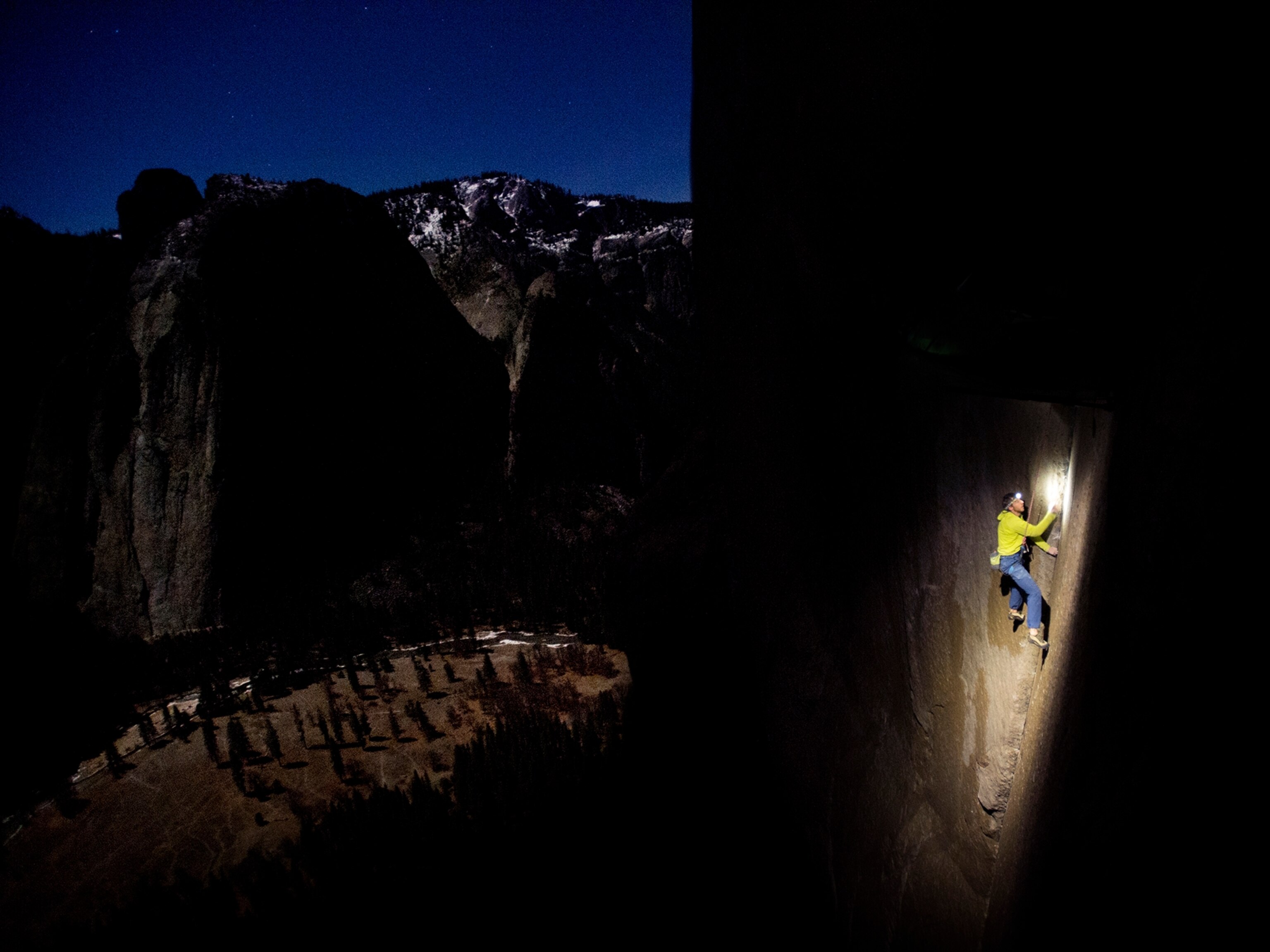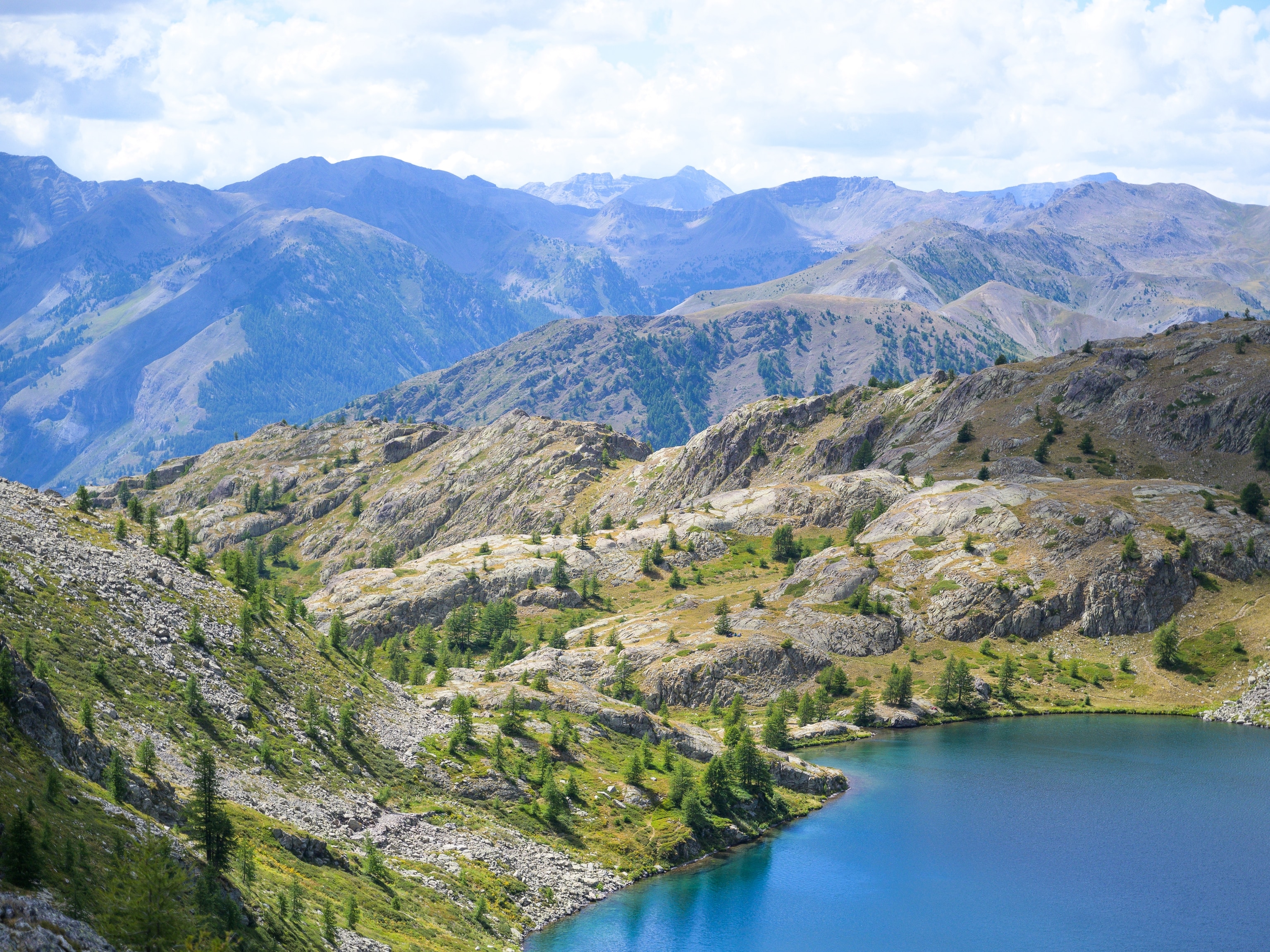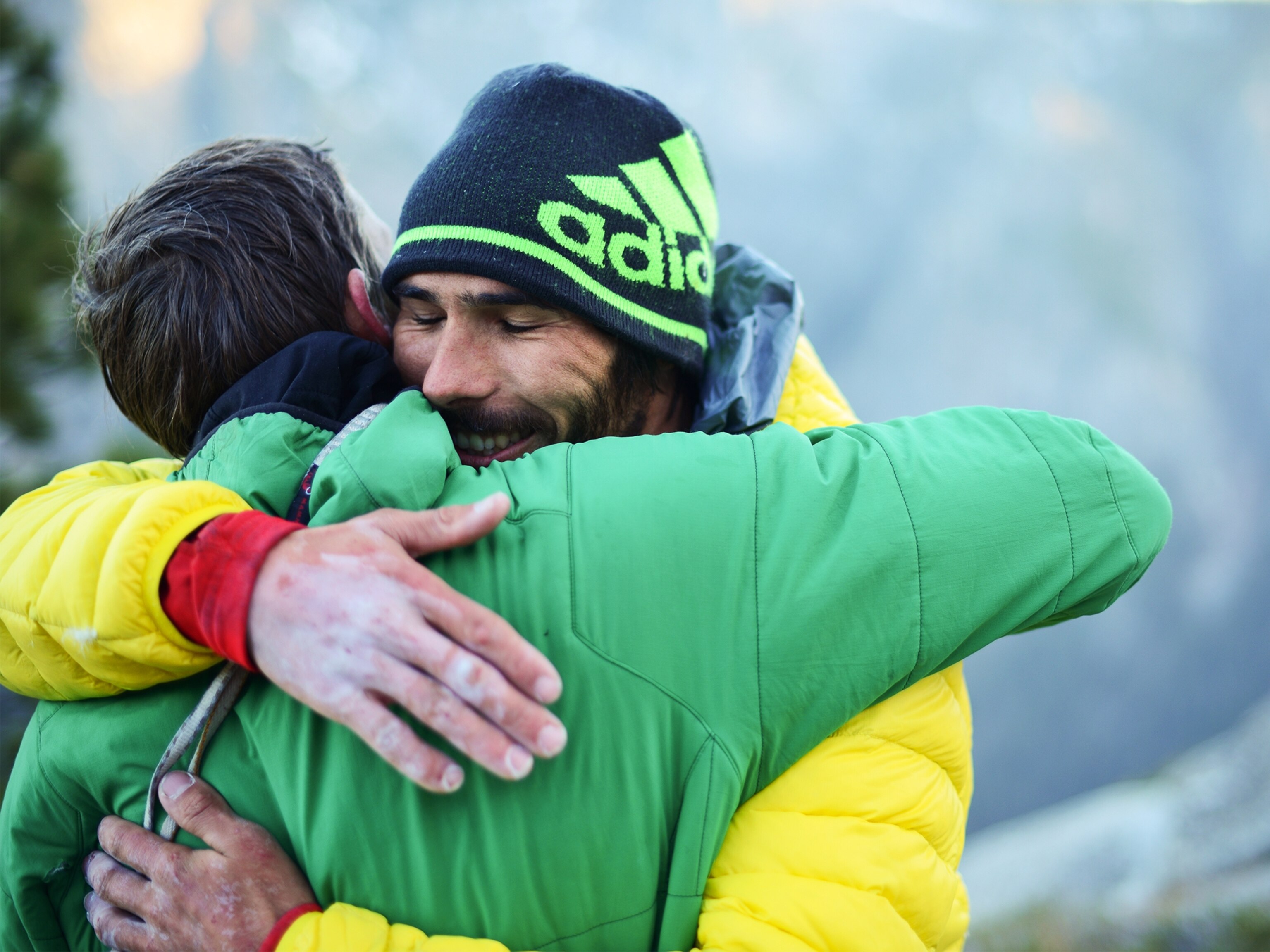
After History-Making Ascent of Yosemite's El Capitan, Climber Asks 'Now What?'
Tommy Caldwell made history by free climbing the 3,000-foot Dawn Wall.
After summiting Yosemite National Park's colossal El Capitan with a partner on Wednesday, making history by completing the first free climb of a route considered to be the longest and hardest in the world, Tommy Caldwell shared his disbelief with his wife.
The journey had taken 19 days.
"Man, I can't believe it's over," Caldwell told his wife, Rebecca. She'd joined friends, family, and reporters who'd arrived on top of El Cap via an eight-mile (13 kilometer) hike around the backside of the monolith.
"Now what?" she asked.
"Yeah, now what?" he said.
It's no secret that El Capitan's 3,000-foot (900 meter) Dawn Wall has consumed Caldwell since 2007, when he began exploring it's steep, featureless face for free-climbing potential.
Free climbing means using one's hands and feet to ascend a rock's natural features, employing ropes and other gear only to stop a fall. The Dawn Wall was widely considered too steep and devoid of adequate hand- and footholds for free climbing. (Read why Caldwell and Jorgeson are sanding and Super Gluing their fingers for the climb.)
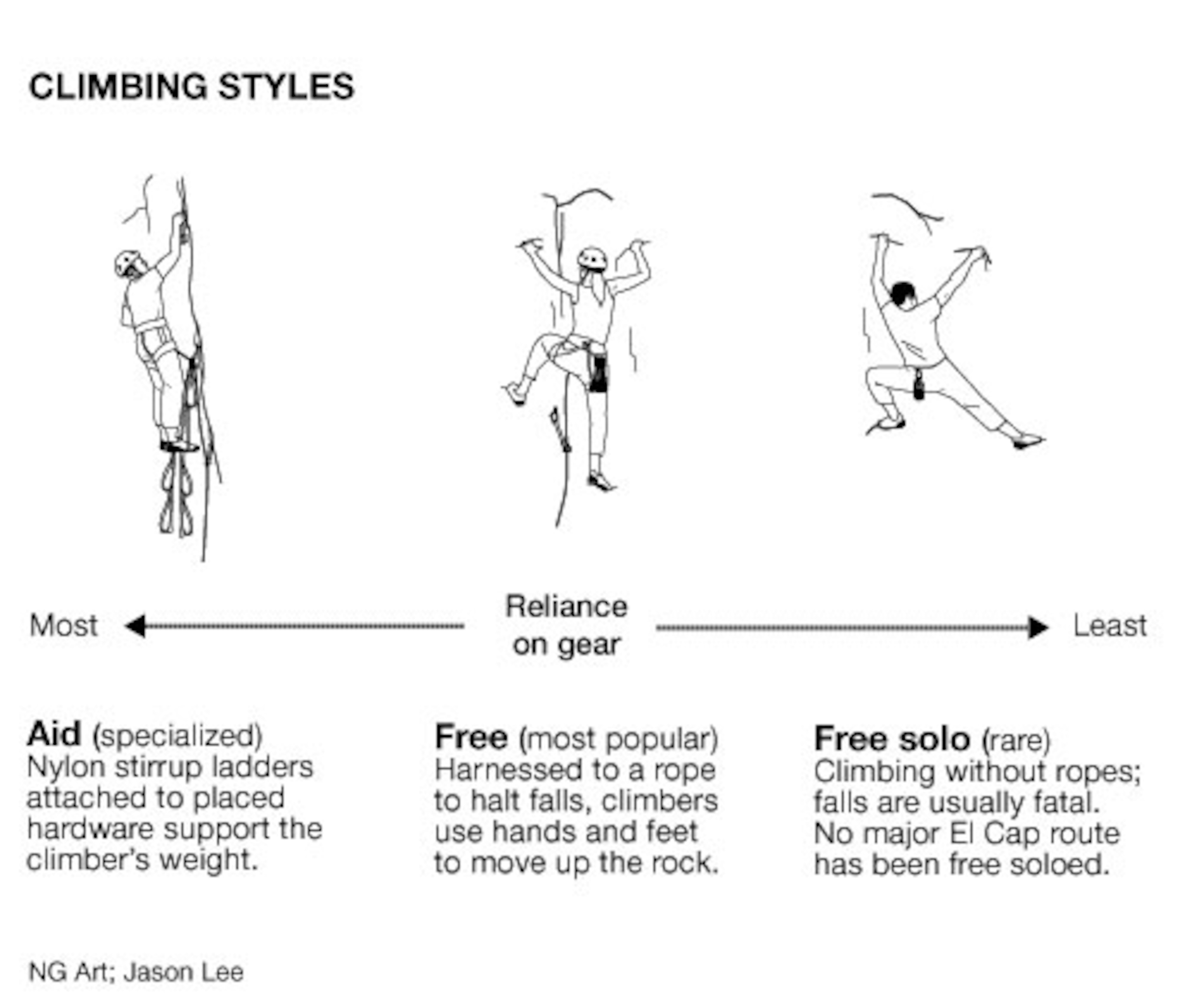
Over time, Caldwell found a passage, albeit a difficult and unlikely one, up the Dawn Wall via 32 "pitches"—or 32 rope-lengths—of climbing. To succeed on just one of those 32 pitches would require world-class climbing skills. But to do all 32, in succession, without returning to the ground in between, seemed impossible.
At least at first. During their ascent, Caldwell was in top form. By day 13, he had made it to the top of pitch 20, a formation called Wino Tower, which is significant because it's the end of the most difficult part of the climb.

"That's when I teared up—that was a big moment for me," Caldwell said Thursday. "Honestly, I had this route on lockdown. I climbed so well. I trained so hard for this for so many years."
"My biggest moment of doubt came before we even left the ground," he said. "But once we started climbing, I just felt confident I would do it."
Tension arose between the two climbers due to Jorgeson's ten-day struggle to finish pitch 15, considered one of the two most difficult pitches on the entire route.
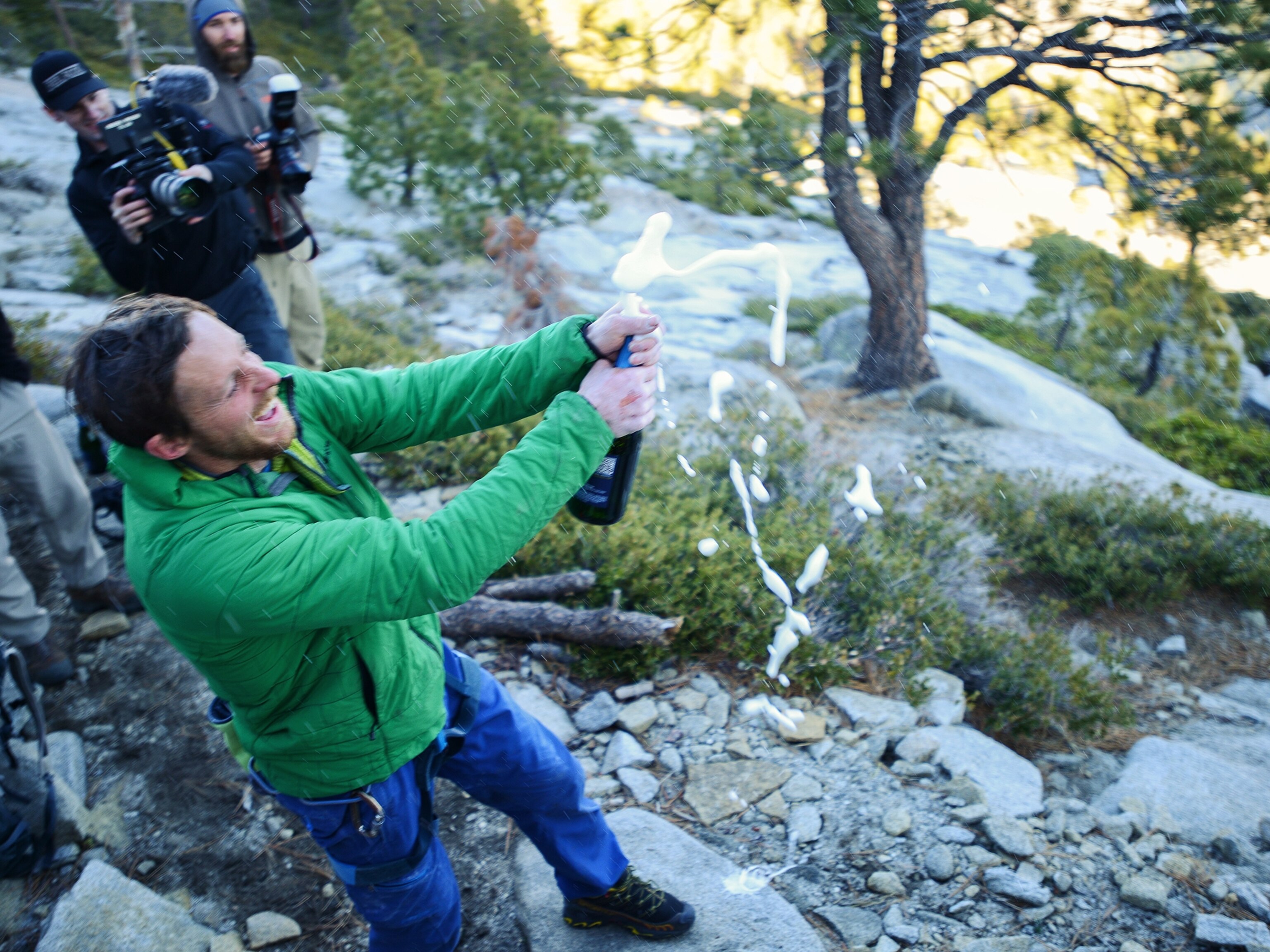
"That was really hard for me," Caldwell said. "I wanted to finish the route, but I also really wanted to do it with Kevin. That was the biggest moment of doubt on the climb. Watching him struggle, that was tough. I wasn't sure what I was going to do if he didn't succeed."
Jorgeson finished pitch 15 on day 15, then went on a climbing tear and quickly joined his partner at pitch 20. Over the next two days, the two completed the last 12 pitches. They began this whole journey with very different levels of experience, but reached the top as partners.
When they summited, "I told Kevin how proud of him I was," says Caldwell.
Since then, life has been a swirl of media interviews. "All the media craziness is sort of a distraction," Caldwell says. "It's kept me from being able to absorb what happened to us."
Even President Obama took notice, with the White House tweeting on Wednesday: "So proud of Tommy Caldwell and Kevin Jorgeson for conquering El Capitan. You remind us that anything is possible. -bo"

"The only explanation is that everyone is finally seeing what I've been seeing about this sport for so long," Caldwell says. "It's about dreaming big and sacrificing a lot for your dreams."
Caldwell started climbing when he was three. "Climbing is just a way of life," he said Thursday. "And it's an awesome way to live."
Andrew Bisharat is a climber and a writer for National Geographic's adventure blog. Follow him on Twitter.

